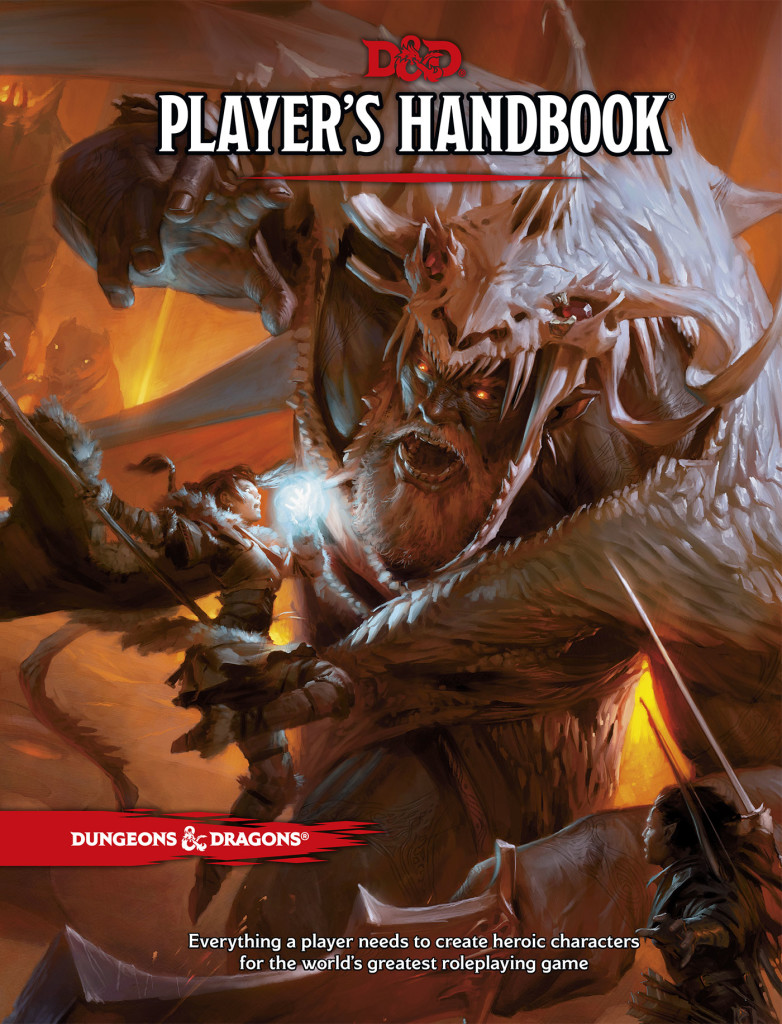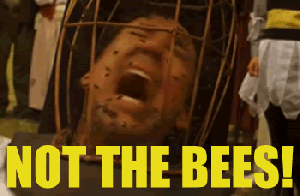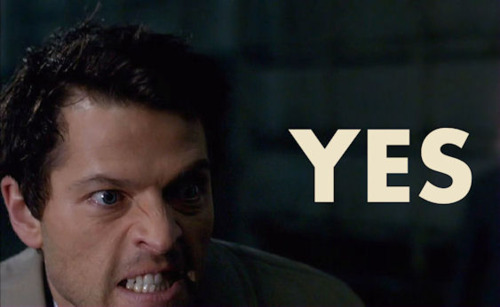You can call it 5th Edition, D&D Next, or Dungeons & Dragons: The Winter Soldier, but that’s all just academic horsepucky at this point. The real news is this: D&D is back. I know this, because the Players Handbook, that core pillar of Gaming Olympus, arrived at my doorstep just a few short days ago. I’ve since read it cover-to-cover, and I’m gonna try to review it. Here we go.
In The Beginning . . .
The last edition, dubbed “4th Edition” by the scholars at the Library of Palanthas, came out in 2008. That’s six years ago, which is relatively small ruling period for a D&D edition. For a bit of perspective, the (vastly superior) 3rd Edition came out in 2000, which would put eight years between brand new iterations. Before that, the 2nd Edition was birthed on our plane in the year 1989, which is not only the name of an upcoming T-Swift album, but also the same year that the Exxon-Valdez took a big oily Duke off the coast of Alaska. That’s 11 years between editions. Before that was AD&D, in ’77. That’s 12 years. Now, before this starts to sound like that part of Genesis that just lists names and “begots” for a few hundred pages, lemme make this clear: I’m simply positing that this newest unnamed (5e) edition came quick on the heels of its predecessor.
But why? I can’t say, but interviews and the general timbre of this newest edition points a finger back at the fans. Not everyone was happy with 4th Edition. Now, 4th Edition pulled an interesting trick, in that it tried very very hard to bring new players into the fold. Its mechanics were flashier, death was more forgiving, and every character class was essentially a game of “Who Wants To Be A Robert E. Howard Van-Art Super Hero?” However, as Wizards quickly learned, there’s no such thing as a new D&D player, fresh off the street, looking through a window pane and rubbing his chin bemusedly.

Nobody window shops D&D. Nobody sees a magazine or internet ad and says, “Hmm, I’m going to give them polyhedrals a go!” I can tell you, right now, that that has never happened. There’s an extended metaphor that my brother and I came up with, and it goes like this: becoming a D&D player is a lot like being transformed into a vampire. And not just because of the fear of sunlight and the general lack of skin tone. Instead, they are similar in that it takes one to make one. Nobody becomes a 3rd level gnome illusionist in a vacuum. Some charismatic ne’er-do-well leads you down the path of temptation and converts you mind and body. Whether it’s fangs in the thigh or a D20 in the hand, the process is the same. You become enthralled, through the teachings of your better. You enter a seedy, compelling, sexy(?), night-centered world of oddities and red delights.
So, in much the same way you can’t swing into your local Taco Bell to become Carlisle Cullen, you can’t bring in the straights with D&D marketing. It can’t be done. It’s a word-of-mouth business, and it always will be. 4th Edition tried valiantly, but in the end it was designed to appeal to a playerbase that didn’t want to play it. Those people don’t want to try a tabletop game that’s like World of Warcraft – they just want to play World of Warcraft.
Which leads us to:
The Resurrection
When D&D Next / D&D 5th Edition / D&D: Fire Walk With Me was announced, it was followed with playtest material, a kind of expansive beta that would get people in on the ground floor, testing the mechanics and generally kicking the tires and lighting the fires. I read the materials, but I never got around to a playtest – scheduling a group of adult gamers is something akin to teaching bees how to braid rope. And as my friend Mark can tell you, bee-rope is shockingly difficult to make.
Anyway, just reading the beta material was enough to sell the book for me, and when I finally received that famed tome in the post I was not even a little bit disappointed. As a person who’s been playing 3rd Edition for 14 years, I was ready for a change. However, much like a fickle audience member of a Hollywood movie, I didn’t want it to change too much. After all, if there isn’t alignment or saving throws or Vancian magic, is it even D&D? I submit that it is not.
The Book
When I cracked the well-put together and highly polished 5th Edition Player’s Handbook, I started at the preface. It started good, but the first face-punch of excellence came quick. Their first example referenced one of my favorite D&D settings: Ravenloft. The very first example came from a world that Wizards of the Coast had basically ignored for the last two editions – for 3rd Edition they pawned the setting off to a third party, and 4th Edition’s only nod to the setting was having uber-vampire Strahd’s stats listed in one random book. A gothic, depressing masterpiece, Ravenloft asked a lot from D&D players beyond “longsword, longsword, health potion, longsword.” It’s not as popular as Forgotten Realms or as storied as Dragonlance, and yet 5th edition comes right out of the gate using it as an example.
There’s a thread of respect that’s woven throughout the entire book, a respect for not only what came before but for what the player’s love. Whenever an example character comes up, it’s from one of the thousand D&D novels peppering the marketplace. The “personality” examples are fiery servant girl Tika Waylan from Dragonlance and death incarnate assassin Artemis Entreri from Forgotten Realms. 3rd Edition tried so hard to create their own iconic paragons for the RPG books – Tordek, Jozan, Mialee, faceless nobodies without history or heft. Talk about needlessly reinventing the wheel: why try to create “iconic characters” from whole cloth when the setting novels are literally sticky with about twenty-some ought years of fictional characters that are beloved by the fanbase? Why create a random fighter when you could use Caramon? Why try to wow us with a mysterious new wizard when you have Elminster? Why use any ranger that isn’t Drizzt Do’Urden, the renegade son of the 8th house of Menzoberranzan?
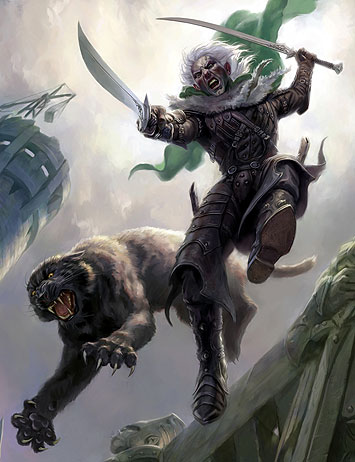
4th Edition seemed almost downright ashamed at times of D&D’s fictional world. It tried to banish gnomes from existence, separated elves into “regular elves” and “sparkly eladrin” for seemingly no reason, and instead offered us the “totes radical” monster races like Tiefling and Dragonborn. Good luck naming any occurrences of Tieflings or Dragonborn in any of the novels. Dragonlance has Draconians, and they’ve tried to retroactively smash their square peg into the Dragonborn’s round hole, but that shit ain’t flying.
5th Edition doesn’t bother. You want D&D characters and worlds? Done. The PHB calls back to Ravenloft, Dark Sun (another setting-pariah), Forgotten Realms, Greyhawk, and Dragonlance. It gives Eberron some lip service, but it never quite gets so far up its own ass that it mentions Al Qadim. However, locations from the oft-mocked Spelljammer make startling appearances.
The game also looks back to its roots in other ways, back to a time before every character was an unbeatable paragon of magical potency. Instead of magical items available on the cheap at your local Walmart, or being integrated into character class balance, they’re instead mentioned as special and rare occurrences of eldritch power. It’s an attempt to make magical items, well, magical again. Instead of everyone and their mom sporting a Ring of Protection +2, one of you might have “Gorgash’s Folly,” a mystical ring that saved a hero’s life once in an ancient tale. To wear the ring is to wear a piece of history. Sure, you might get a +2 to armor class, but you’re essentially wearing “Starry Starry” night on your finger and should treat it with the proper respect.
It even does a few things I’ve never seen in Core Rulebooks. It has a few alphabets, like Dwarven and Elvish, right in the book. There’s no mechanical need to be there, but in the very first book they take time to create a space for their made-up languages. They also not only including all the gods from every setting in the Deity section, they also fictionalize real-world mythology and include the appropriate domains for the Norse, Greek, and Egyptian pantheon. Right in the Players Handbook, they encourage you to be a cleric of Athena or Anubis.
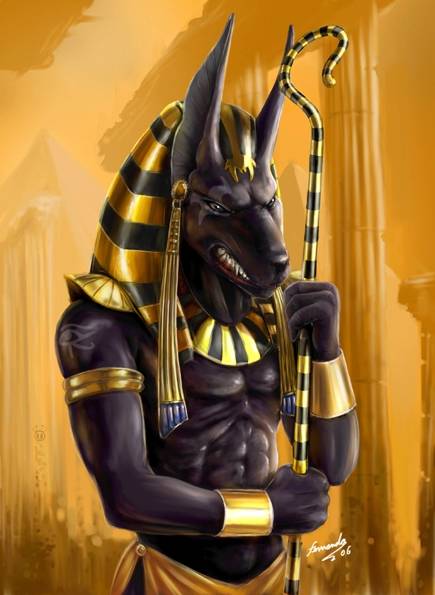
The System
Now, there’s very little I want out of an RPG system. I want to be able to tell stories with my friends without having to consult the book a hundred times a session. I want the system to feel intuitive, and I want the onus of ruling to be on the DM. A good DM, which is to say an actual DM, knows how to make the fun happen, and they know that means stepping back at times – the game system should feel the same. It should be so simple that it can be cast aside at any moment to facilitate a better game, and 5th Edition actively courts that feeling.
For instance, skills and saving throws don’t really exist anymore. I mean, they are numbers on your sheet, and they affect rolls, but they are no longer separate entities from ability scores. Every role you make is essentially just an ability check. Need to avoid a boulder? Roll a Dexterity “saving throw,” which is really just a d20 + your Dex bonus + a bonus from the shit your character is supposed to be good at. There’s one “proficiency” bonus, the only number you really need to know, and it applies to everything your character is Boss Hog at. Are you a speedy rogue? Guess what, your proficiency bonus applies to Dex saves, Acrobatics skill checks, and Ranged and Finesse attacks. You just roll Dex, add how awesome you are, and move the hell on.
The other thing I’m really a fan of is the by-and-large elimination of the situational modifier. Instead of having to check endless lists of “+2 for dark environments” and “+4 for sharp slopes,” the DM basically can rule any scenario as giving the player “advantage,” or “disadvantage.” And it’s as intuitive as it sounds. Does the rain help the rogue sneak through enemy lines? Does that sound advantageous to him? Then he gets advantage – he rolls two d20’s and takes the highest number. Is the rogue trying to creep past a patrol in a field of flowers in broad daylight? Well, I’d call that a disadvantage, and he’d have to roll two d20’s and take the lowest. The advantage system could literally be an entire game system on its own if you wanted to eliminate everything else. It encourages the DM to go with his gut and move the story along, which is like a breath of fresh air in a svirfneblin Underdark cavern.
5th Edition seems to want to say “yes” to everything, whereas 4th and 3rd seemed to publish rules exclusively full of “no.” The character classes bear this out in the player’s direction, instead of just making life easier for the DM. The character classes all offer multiple “paths,” a kind of return to the kit system of 2nd edition. For instance, if you wanted to be a fighter who could cast magic spells in 3rd Edition, get ready to multiclass and start scouring message boards for good feat picks. In 4th Edition, good fucking luck. 5th Edition, on the other hand, offers a fighter path in the core rulebook, the Eldritch Knight, that is designed for sword + sorcery right off the rack. And why not? Players want to be excited, they want to play the character in their mind. Let them. The path systems seems focused completely on that idea. Why say “no” to a player when “yes” is always the right answer. Even Castiel knows that.
The Look
D&D is always known for its high level of polish, and that continues in this newest Players Handbook. The art is stellar, but surprisingly, isn’t as gussied up as some of the art from the later editions. Instead of looking like an anime comic book, most of the pieces are instead done in a dreamy, almost watercolor look. Lines are sometimes blurred, and the scenarios are not always as easy to decipher. They feel like memories more than snapshots, Great Gamer Moments retold over and over around a table, wearing off the edges with repetition but making the colors more bold.
Integration seems to be another watchword with the art, and good on them. Women, people of color, and even the lesser-depicted races like half-orcs and gnomes are painted on every other page, describing a truly diverse fantasy world.
I could go on and on, and I have, but instead I’ll end my review with a story.
The Story
Of my gaming group, I bought the Players Handbook first, and I burned through it cover-to-cover in a matter of days. As I spoke to my brother about it, I could see the fires ignite in his eyes, and then all of a sudden he had the book a day later. Turns out that One-Day shipping on Amazon is no fucking joke. Then, a couple of text messages later, another member of my gaming group had the book. Then, my younger brother had the book. Oh, and my older brother had bought the first adventure. Then, we were talking characters over group chat, and more books appeared. Gushing words of praise, flying every which way through cell towers. Talk of characters, and then, suddenly times. Times we could get together, days we could be available, available for making characters and rolling fateful bones.
5th Edition rejuvenated my group in roughly a day’s time, putting more hitch in our giddy-up than I’ve seen in years.
That’s the only recommendation you need from me.

